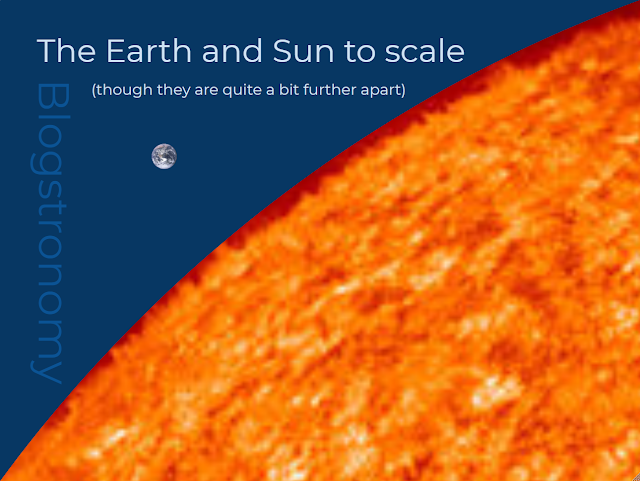What's the Relationship Between Stars in a Constellation?
"What's the relationship betweens stars in a particular constellation? Luck or something more?" - Question posed by Hannah.
Constellations are regions of the sky that are grouped around collections of stars that seem to draw pictures in the night sky. The famous ones include Ursa Major, Orion and Cygnus. From where we stand*, Ursa Major is so called because the stars that form it look a bit like a badly-conceived dot-to-dot image of a big bear; Orion looks, if you squint, a bit like a magnificent and heroic mythological hunter, and Cygnus, after a couple of Irn Brus, looks a bit like a majestic swan gliding serenely along the band of the Milky Way.
These are patterns picked out by human brains, those particularly effective pattern-spotting devices**, and these connections between the stars are, largely, there simply inside our minds alone.
Put another way, the stars in a constellation are not (usually) related to each other in any physical sense: they're much too far apart to affect each other gravitationally, and they're all sorts of distances away from us. In fact, many of the stars that make up the constellations are just as far away from each other as they are from us. Who knows, maybe our own Sun is part of some distant civilisation's perceived sky-picture?
| A map of The Plough, via Wikimedia Commons |
If you want to look at some specifics, then let's pick one of the most famous of our human star-pictures: The Plough (also known as the Big Dipper). The Plough is an asterism that is part of the constellation of Ursa Major, and looks like a giant saucepan in the sky.
To the right is a map of The Plough including the names of the stars that contribute to its image. The star labelled Mizar is the closest of these stars to us, at 78 light years away. Alioth, the closest of these stars to Mizar from our point of view, is 81 light years away from us- that's 3 light years further away from us than Mizar. The closest star to us (other than the Sun) is only 4 light years away, and we can barely see it from here. Dubhe is a whopping 124 light years away from us- that's 43 light years further than Mizar, or more than ten times the distance that Proxima Centauri is from our own Sun.
Here's a video that might help to get the point across. It starts off with our view of The Plough, and rotates to see the same collection of stars from different angles:
Another way to think about the way these stars, and those in the other constellations above our heads, are laid out in space is to look at one of those classic tourist photos of the leaning tower of Pisa, with some grinning plonker in the foreground pretending to use all his or her strength to hold the tower up. You can see loads of them here. These pictures work in the same way that the constellations do: your brain is fooled into thinking that because two things (grinning plonker and leaning tower) appear to be next to each other that they're actually close together. In reality the grinning plonker is much closer to the camera than Italy's most famous landmark: the connection is an apparent one, rather than a real one. The same is true with asterisms and constellations.
* Or sit, or lean, or cling desperately to a tiny ball of rock hurtling and whirling through a vast and dangerous universe. Take your pick.
** Too effective, which is why we so often see patterns where there really are none: faces of wolves in butterfly wings, asterisms in the sky, and depictions of Jesus on slices of toast.



Comments
Post a Comment